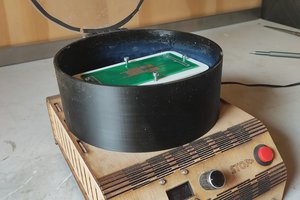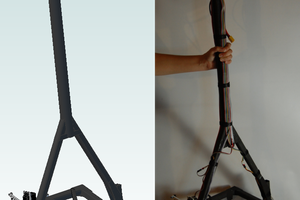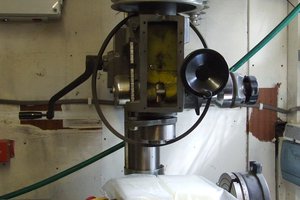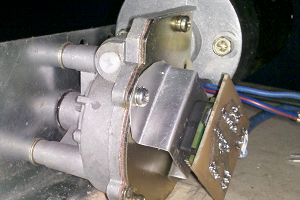Not sure why I never linked to this video... it does a pretty good job of explaining the basic idea.
Reagent Robot
Automate the Reagent (take a sample, put a drop of stuff in, shake, look at the color) testing of water for Aquaponics, Ponds, Aquariums.
 James Newton
James Newton






 Jeroen Delcour
Jeroen Delcour
 zakqwy
zakqwy
 Sci
Sci
 Alastair Young
Alastair Young
There are now commercial versions of this:
https://www.bulkreefsupply.com/trident-cal-alk-mag-monitoring-system-neptune-systems.html